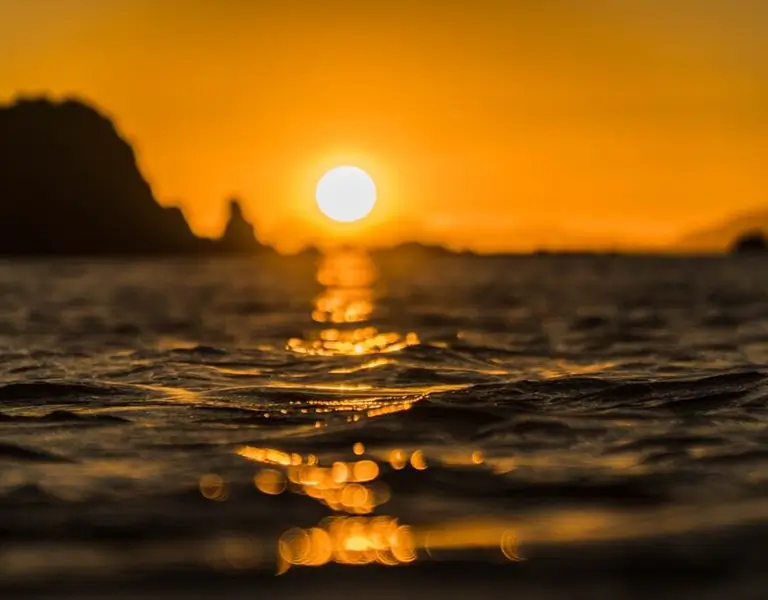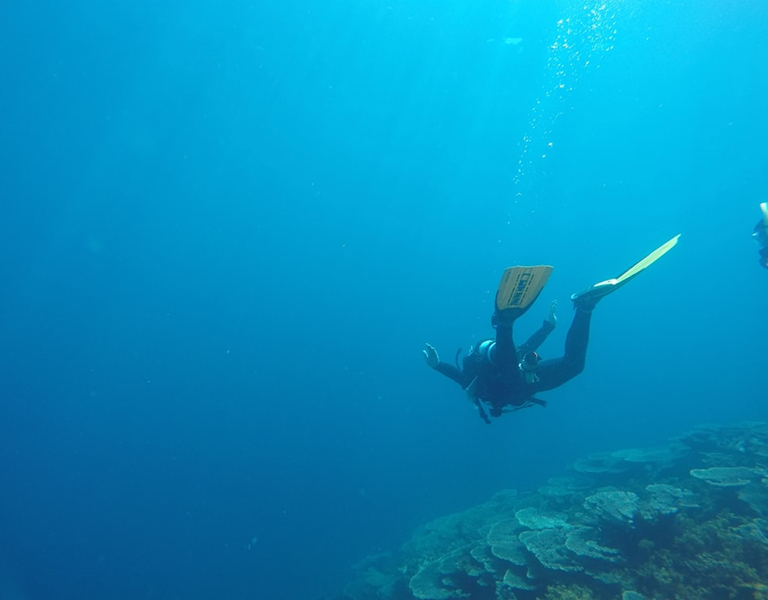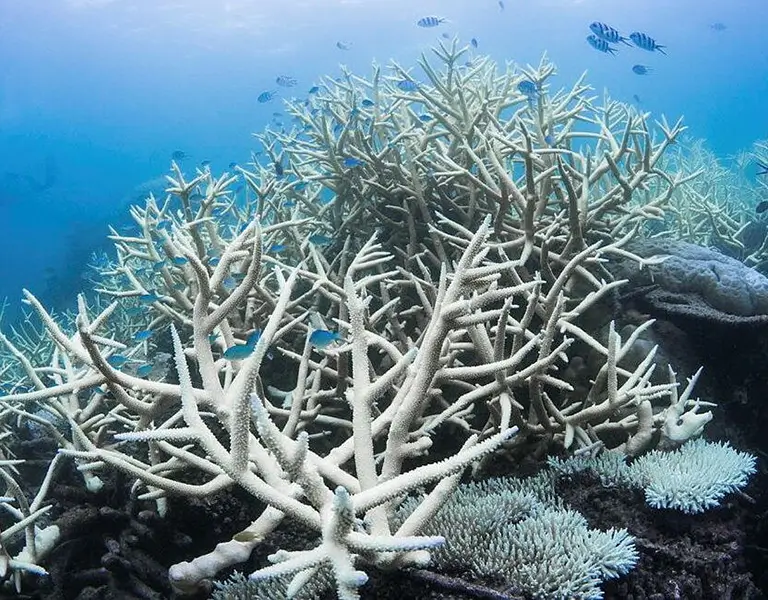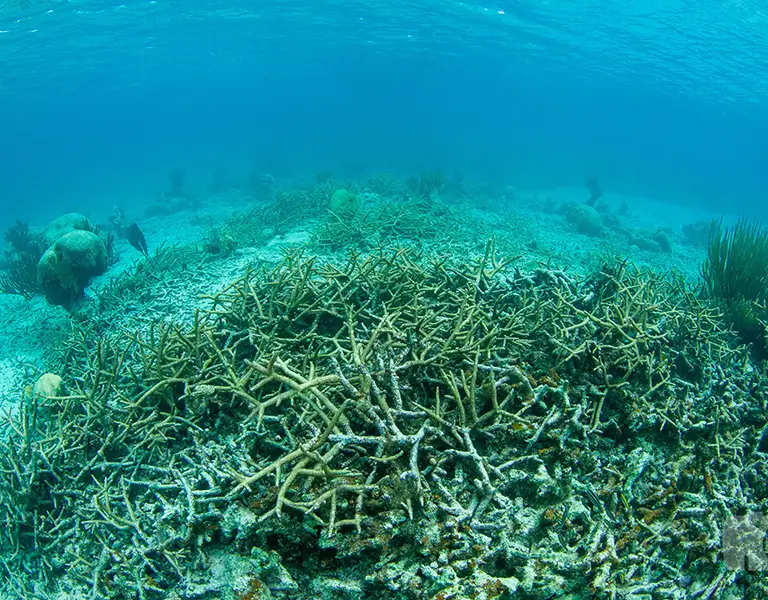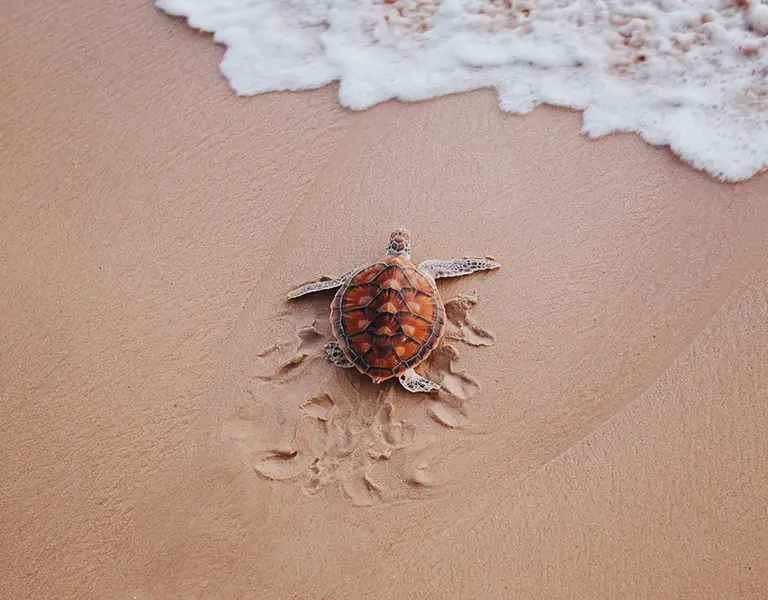Coral reefs are among the most diverse ecosystems on our planet, supporting approximately 25% of all marine life despite covering less than 1% of the ocean floor. These magnificent underwater worlds face unprecedented threats that jeopardize their survival and the countless species and communities that depend on them.
Key Takeaways
- Climate change-induced ocean warming and acidification are the most severe threats to coral reefs worldwide.
- Human activities including coastal development, pollution, and destructive fishing practices directly damage reef ecological systems.
- Coral bleaching events are becoming more frequent and severe globally.
- Innovative solutions like Coral Vita’s land-based coral farming offer hope for preserving these vital ecosystems.
- Community involvement and sustainable practices are essential components of effective coral conservation.
Climate Change and Coral Bleaching
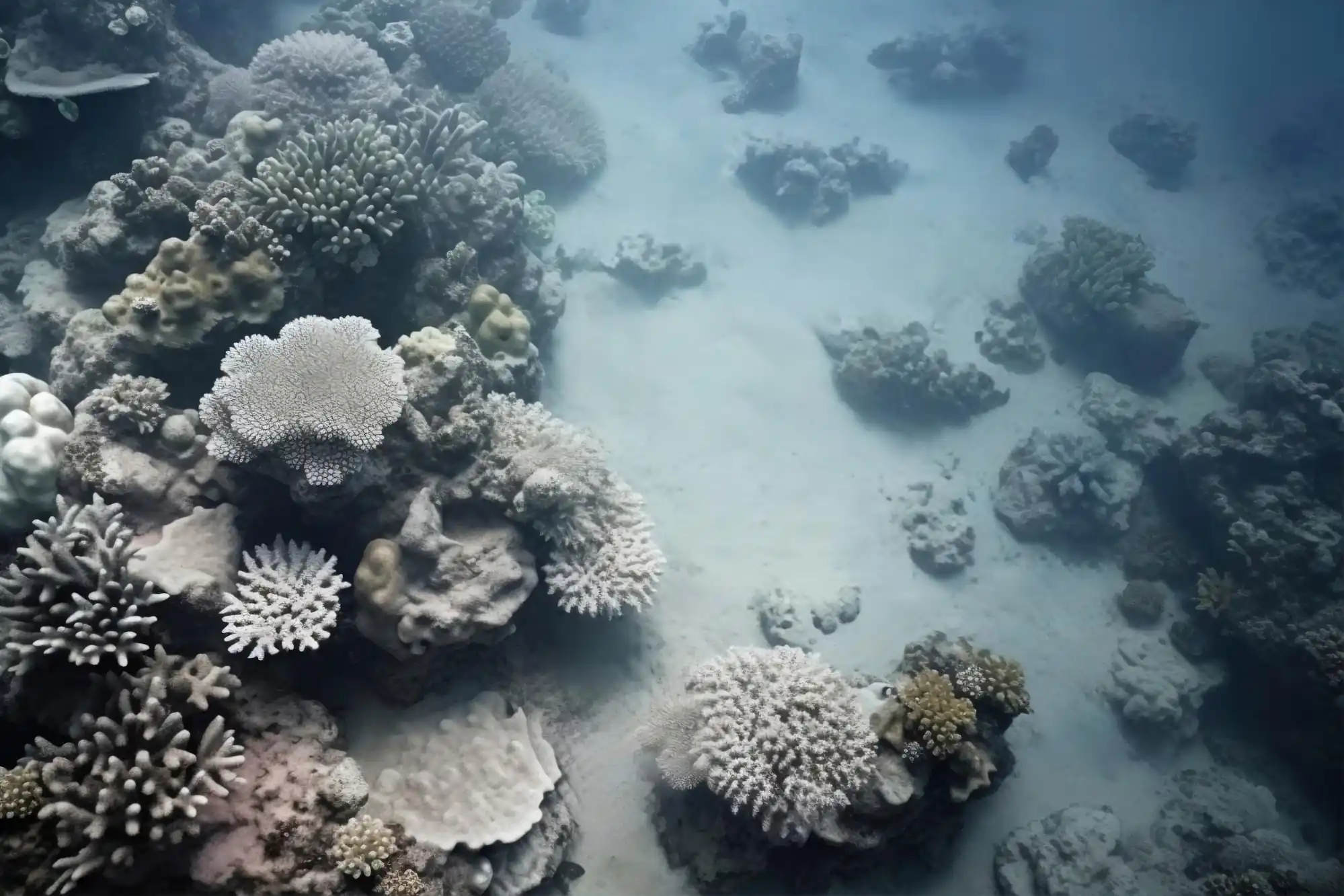
Climate change represents the most serious threat to coral reefs worldwide. As global greenhouse gas emissions rise, the climate system undergoes changes that directly affect coral reef ecosystems in multiple ways.
Rising sea temperatures devastate coral reefs through coral bleaching. When ocean temperatures exceed normal thresholds, corals become stressed and expel their mutualistic algae (zooxanthellae) that provide them with food and vibrant colors [1]1. Without these microscopic algae, corals lose their primary food source and become more susceptible to disease and mortality
Mass coral bleaching events have become increasingly common. The frequency has increased from once every 25-30 years in the 1980s to once every 6 years by 2016 [2]2. Increased sea surface temperatures triggered unprecedented back-to-back bleaching events on the Great Barrier Reef in 2016 and 2017, affecting over two-thirds of this iconic reef system.
Ocean Acidification

As atmospheric carbon dioxide levels rise, approximately 30% of this CO2 is absorbed by the ocean, causing significant changes to ocean chemistry. This process, known as ocean acidification, reduces carbonate ion availability that corals need to build their calcium carbonate skeletons [3]3.
Ocean acidification makes it more difficult for corals to grow and recover from other stresses. Studies show that coral growth rates may decrease by 20-50% by the end of the century if current emission trends continue. The combination of warming and acidification represents a double threat to coral reef ecosystems worldwide.
Destructive Fishing Practices

Unsustainable fishing methods directly destroy coral reef habitats while depleting fish populations critical to reef health.
Blast fishing (or dynamite fishing) involves using explosives to stun or kill fish for easy collection. The explosions shatter coral skeletons, destroying reef structure that took centuries to build. A single blast can destroy coral colonies within a 1-2 meter radius, with recovery taking decades if it occurs at all [4]4.
The removal of herbivorous fish like parrotfish disrupts the ecological balance of coral reef communities. These species play a crucial role in controlling algal growth on reefs. When overfished, algae can multiply rapidly and outcompete corals for space, potentially leading to a phase shift from coral to algal dominance.
Coastal Development

As human populations grow in coastal areas, development and associated pollution increasingly threaten coral reef habitats.
Construction activities, deforestation, and agricultural practices in coastal watersheds increase sediment runoff into coastal waters. These sediments can smother corals, blocking light and preventing successful coral reproduction.
Agricultural runoff, wastewater discharge, and urban stormwater runoff introduce excess nutrients into coastal waters. This nutrient enrichment can cause algal blooms that outcompete corals for space and light. Excessive nutrients also make corals more susceptible to disease and can directly interfere with coral reproduction.
Coastal construction projects, dredging operations, and poor maritime practices cause direct physical damage to reef ecosystems. Boat anchors, groundings, and poorly managed underwater activities can break coral colonies, with recovery taking years to decades.
Invasive Species

Non-native species introduction to coral reef environments can disrupt established ecological relationships and threaten native species.
The crown-of-thorns starfish, while native to Indo-Pacific reefs, can reach outbreak populations that devastate coral communities. These sea stars feed on coral tissue, and during population explosions, they can consume up to 95% of living coral on a reef [5]5. Though natural predators help control their numbers, overfishing of these predators combined with nutrient enrichment can trigger devastating outbreaks.
Invasive algae species can overgrow and smother coral colonies. These aggressive competitors spread rapidly across reef environments, reducing biodiversity and altering habitat structure.
Coral Disease
Disease outbreaks have emerged as a significant threat to coral reef worldwide, particularly in the Caribbean where coral disease has contributed to approximately 80% decline in coral cover since the 1970s [6]6.
Climate change, pollution, and other stressors increase coral susceptibility to disease. Warming waters foster pathogen growth and reduce coral immune responses. Nutrient pollution creates favorable conditions for bacterial pathogens, while physical damage creates entry points for infection.
Rising sea temperatures correlate strongly with disease outbreaks, with studies showing up to 20-fold increases in disease prevalence following severe thermal stress events.
Unsustainable Tourism
Tourism provides economic incentives for reef conservation but can damage reef ecological systems when poorly managed.
Inexperienced snorkelers and divers may inadvertently damage corals by standing, touching, or kicking fragile coral structures. Studies from popular diving destinations show significantly higher rates of coral breakage and disease in heavily visited sites.
Resort construction and associated infrastructure often involve shoreline modification, dredging, and increased sedimentation that directly impacts nearby reef systems. Without proper environmental assessment and management, tourism development can severely degrade the very ecosystems tourists come to experience.
Certain chemical sunscreens contain ingredients like oxybenzone that are toxic to coral polyps even in minute concentrations. These chemicals can trigger coral bleaching, damage coral DNA, and impair reproduction in juvenile corals [7]7.
Innovative Solutions for Coral Reef Protection
Despite the numerous threats facing coral reefs, innovative conservation and restoration initiatives offer hope for these vital ecosystems.
Well-designed marine protected areas (MPAs) provide refuges where reef ecological systems can thrive with reduced human pressure. When fishing and other extractive activities are limited, fish populations recover, herbivory increases, and corals show greater resilience to stressors.
Addressing climate change through global greenhouse gas reductions remains the most critical long-term strategy for coral reef survival. The 2015 Paris Agreement’s goal of limiting warming to well below 2°C above pre-industrial levels would significantly improve the outlook for the world’s coral reefs.
Novel restoration techniques like land-based coral farming provide promising pathways for helping coral reef recover from damage. These approaches allow for accelerated coral growth under controlled conditions while selecting for climate-resilient traits that may help corals adapt to changing ocean conditions.
Coral Vita’s Approach to Reef Restoration
Coral Vita is leading innovative approaches to coral reef conservation through land-based coral farming. Using advanced techniques like microfragmentation, these efforts grow coral colonies up to 50 times faster than they would naturally grow in the wild [8]8. By selectively breeding and conditioning corals to withstand higher temperatures and acidity levels, restoration projects are developing more resilient coral populations for outplanting.
Community engagement represents a crucial component of successful restoration. By involving local stakeholders in conservation efforts and providing economic alternatives to damaging practices, these initiatives build sustainable pathways for both reef protection and community development.
The Future of Coral Reefs
The outlook for coral reefs depends largely on global climate action and local conservation efforts. Under current emissions trajectories, scientists project that 70-90% of remaining coral reefs could disappear within the next two decades [9]9. However, immediate and substantial reductions in greenhouse gas emissions, combined with effective local management and innovative restoration, could help preserve reef ecological systems for future generations.
Individual actions matter in coral reef conservation. Supporting sustainable seafood choices, reducing carbon footprints, using reef-safe sunscreens, and backing organizations working on reef protection all contribute to the collective effort needed to secure a future for these irreplaceable ecosystems.
About Coral Vita
Coral Vita is a mission-driven company dedicated to restoring our world’s dying and damaged reefs. Using innovative land-based farming techniques, Coral Vita grows diverse and resilient corals in months instead of the decades they take in nature. These corals are then transplanted into threatened reefs, helping to preserve ocean biodiversity while protecting coastal communities that depend on healthy reefs for protection, food, and income].
Founded by environmental entrepreneurs Sam Teicher and Gator Halpern, Coral Vita’s high-tech coral farms incorporate breakthrough methods to restore reefs in the most effective way possible. In 2021, the company was recognized as the inaugural winner of Prince’s William’s Revive Our Oceans Earthshot Prize Winner for their pioneering work in coral restoration.
To learn more about Coral Vita’s work or to get involved in coral reef conservation efforts, visit their website at www.coralvita.co or contact them directly through their Contact Us page.
Frequently Asked Questions
What are the biggest hazards to coral habitats?
The most significant dangers to coral ecosystems include climate crisis (causing ocean warming and acidification), destructive fishing practices, coastal development, pollution, and coral disease outbreaks. Climate change represents the most severe and widespread threat.
How does climate change affect coral reefs?
Climate crisis harms coral reefs through ocean warming (causing coral bleaching), ocean acidification (reducing coral growth), sea level rise, and altered ocean circulation patterns. These stressors make it difficult for corals to grow, reproduce, and recover from damage.
What is coral bleaching?
Coral bleaching occurs when stressed corals expel their symbiotic algae that provide them with food and color. This typically happens when ocean temperatures rise too high. Without these algae, corals appear white, struggle to obtain nutrients, and become more vulnerable to disease and death.
How can we protect coral reefs?
Protecting coral reefs requires global action on climate crisis, establishing marine protected areas, implementing sustainable fishing practices, reducing pollution, and supporting coral restoration efforts. Individual actions like reducing carbon footprints and using reef-safe sunscreens also help.prints and using reef-safe sunscreens also help.
References
- https://www.noaa.gov/education/resource-collections/marine-life/coral-reef-ecosystems ↩︎
- https://www.science.org/doi/10.1126/science.aan8048 ↩︎
- https://oceanservice.noaa.gov/facts/acidification.html ↩︎
- https://www.icriforum.org/wp-content/uploads/2019/12/ICRI_Blast_Fishing.pdf ↩︎
- https://coralreefwatch.noaa.gov/satellite/research/coral_disease.php ↩︎
- https://www.nature.com/articles/s41467-019-09238-2 ↩︎
- https://www.sciencedirect.com/science/article/abs/pii/S0048969718307836 ↩︎
- https://coral.org/en/blog/restoration/how-we-grow-corals-50-times-faster-than-they-grow-in-the-wild ↩︎
- https://www.ipcc.ch/srocc/chapter/chapter-5/ ↩︎



